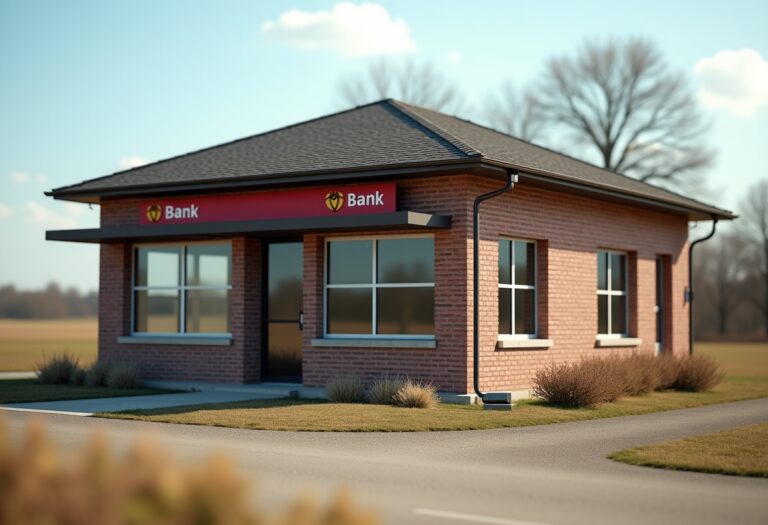Closure of the Royal Bank of Scotland branch raises concerns for local residents and businesses in New Deer.

Topics covered
Impact of the RBS closure on New Deer residents
The Royal Bank of Scotland (RBS) has announced the permanent closure of its New Deer branch, effective November 26. This decision has sparked significant concern among local residents and businesses, who now face the prospect of traveling 30 miles to the nearest RBS branch in Fraserburgh.
The closure is particularly troubling for those who rely on in-person banking services, such as farmers and elderly residents, who may struggle with the transition to digital banking.
Community response to the bank’s decision
Local MP Harriet Cross has voiced her disappointment regarding the closure, labeling it a “betrayal” to the community.
She emphasized the importance of the New Deer branch for local industries, stating that many residents depend on face-to-face banking services. The closure comes at a time when other nearby banks have also shut down, further isolating residents who prefer traditional banking methods.
Cross has committed to advocating for better banking access and plans to reach out to RBS to discuss support for affected customers.
Alternatives for banking services
In light of the closure, RBS has suggested that customers needing cash services can visit the Fraserburgh branch or utilize the Post Office in New Deer. However, this solution may not suffice for those who require more personalized banking assistance. The bank has indicated that its support teams are reaching out to customers who may need additional help, but many remain skeptical about the adequacy of these measures. As digital banking becomes increasingly prevalent, the challenge of ensuring access to essential services for vulnerable populations remains a pressing issue.
Future of banking in rural communities
The closure of the New Deer branch is part of a broader trend, with RBS announcing multiple branch closures across Scotland due to a significant shift towards online banking. Over 80% of active current account holders are now using digital services, prompting banks to reevaluate their physical presence. While this shift reflects changing consumer preferences, it raises critical questions about the future of banking in rural areas, where access to in-person services is vital for many residents. As communities adapt to these changes, the need for a balanced approach that considers both digital and traditional banking options will be essential.




